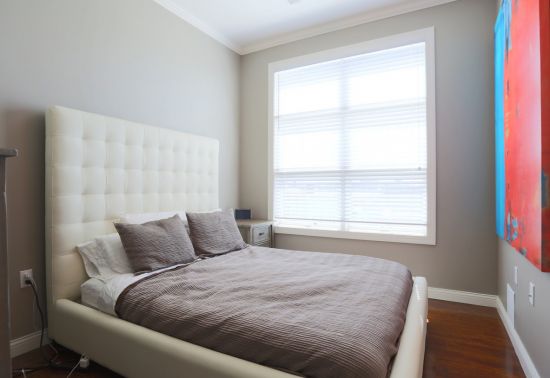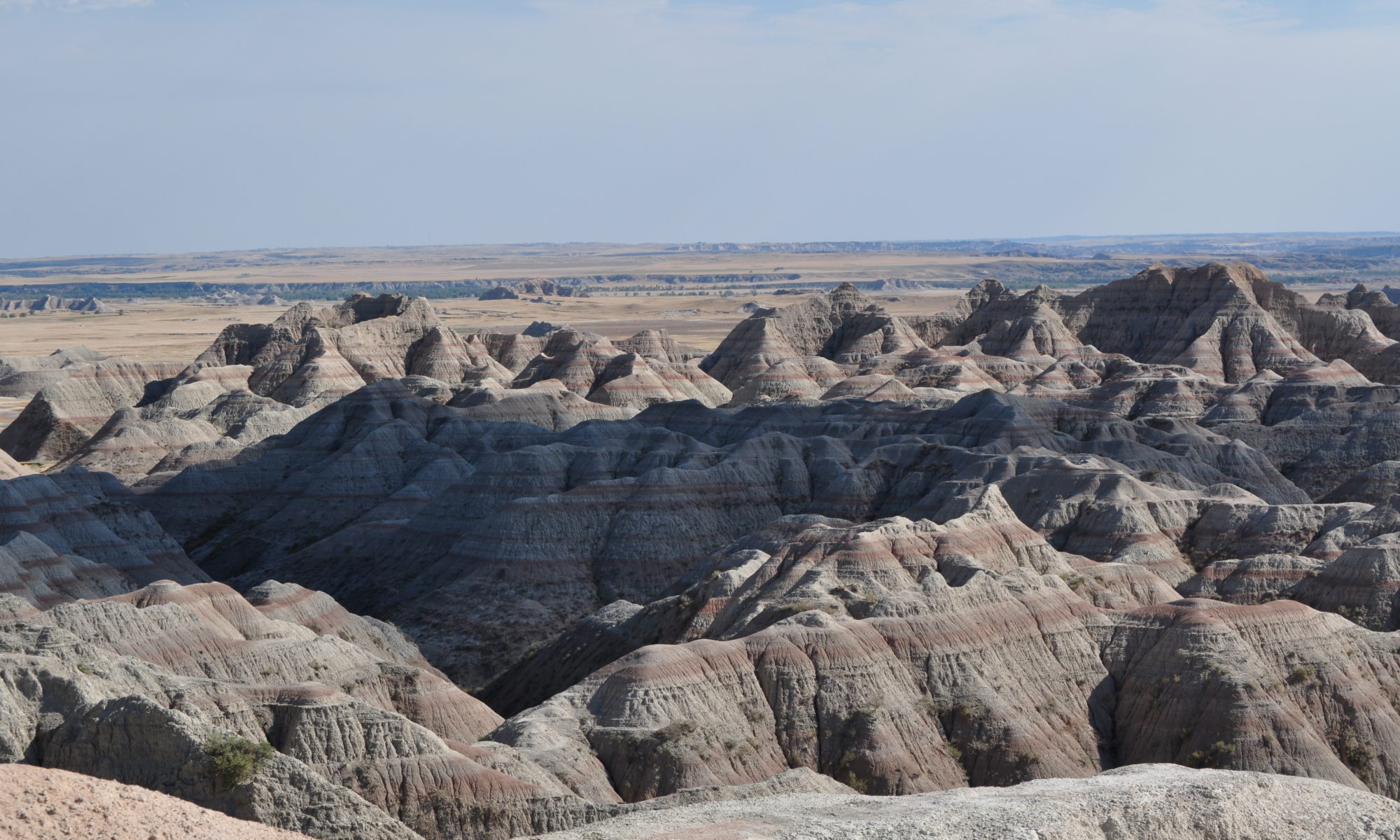
- #Material ui text overflow ellipsis how to
- #Material ui text overflow ellipsis full
- #Material ui text overflow ellipsis code
- #Material ui text overflow ellipsis plus
overflow: “hidden” – enforces the width of the container and won’t let content go beyond it.Here’s what each remaining CSS property accomplishes when the content is too wide. I set maxWidth: 200 to force an overflow scenario. I’ll give an example of adding ellipses below: If you have long text in your FormLabel there are a variety of overflow options to pursue. Read a detailed guide to MUI form layout here. This will lay out children components vertically or horizontally. The FormGroup component has a row prop that takes a boolean value. If you desire for the FormLabel to be to the left or right of an adjacent form component, you need to wrap the layout in a FormGroup component.

This naturally stacks the FormLabel vertically to the top of the next component. Most UIs will be something like the following: Notice I also set an id that is relevant to the id of the RadioGroup that the FormLabel supports in my form example. In this example I set a rgba value for the color. The color property can be directly customized in the FormLabel, just like with the InputLabel. Here’s a guide to every MUI Form component. This is because we usually directly use the FormLabel instead of having it be a compositional component. MUI FormLabel Styleĭirectly styling a Material-UI FormLabel is easily accomplished with the sx prop.
#Material ui text overflow ellipsis code
It likely would be easier for a beginner to style, but it requires more code than using a pre-composed TextField. If you compose your own input using FormControl/InputLabel/Input components, you can style each piece independently. The Material-UI InputLabel is easier to style than the TextField label because it is a standalone component. This will remove the ‘notch’ from the outline on focus. The legend only needs to be set to display: none if the TextField variant is outlined. It won’t take up any space, but will still be visible in the DOM. ĬSS property display: none will remove the element from the UI. the user is typing in it), then you need a more complex CSS solution shown below. If you do want a label value, but you don’t want the label visible when the TextField is focused (i.e. If you want to remove the label from a TextField, simply don’t pass a value in the label prop.
#Material ui text overflow ellipsis plus
I targeted the label plus that class in order to strip margin when the label performs its default animation of moving up on focus. A better plan might be to get a ref to the width of the TextField and take a percent of that value, or take a percent of a CSS width value for TextField.Īfter a user clicks, the Mui-focused class is automatically added to the TextField. With this code I set marginLeft to 65% because that worked well with the length of my label. One option is to remove the animation, the other is to remove the margin on focus. The margin-left property might give you the ability to position the label as desired within a TextField.Īdding margin to the TextField label was trickier because there is a default animation when the user clicks into the Input.
#Material ui text overflow ellipsis how to
Here’s how to style TextField’s text color, alignment, width, and height. Īfter targeting the label element, I simply styled the color property. I chose to target the label element that I saw in the DOM, but I could also have targeted the class MuiInputLabel-root. There are a couple of options for selecting the TextField label with nested CSS selectors. Here’s how to style TextField border color.
#Material ui text overflow ellipsis full
Full code for the demo will be in the Resources section. I’ll show how to add some custom styling to both components below. Below is a TextField and a FormControl/InputLabel/Input combo. The FormControl component that wraps the composing components of the TextField adds a lot of default behavior.

We’ll explore customizing the styling for each below. In other words, an InputLabel inside a FormControl is the same as a FormLabel plus it has additional styling. This is accomplished through additional default classes being applied. The differences are that the InputLabel has less default styling when it is not wrapped in a FormControl, and it has more default styling and animation when it is. A lot of default styling and animation is applied to the InputLabel when it has MuiFormLabel-root class applied. When using TextField or wrapping an InputLabel in a FormControl, the InputLabel and the FormLabel both have class MuiFormLabel-root applied.It turns out these two components are very similar:


 0 kommentar(er)
0 kommentar(er)
